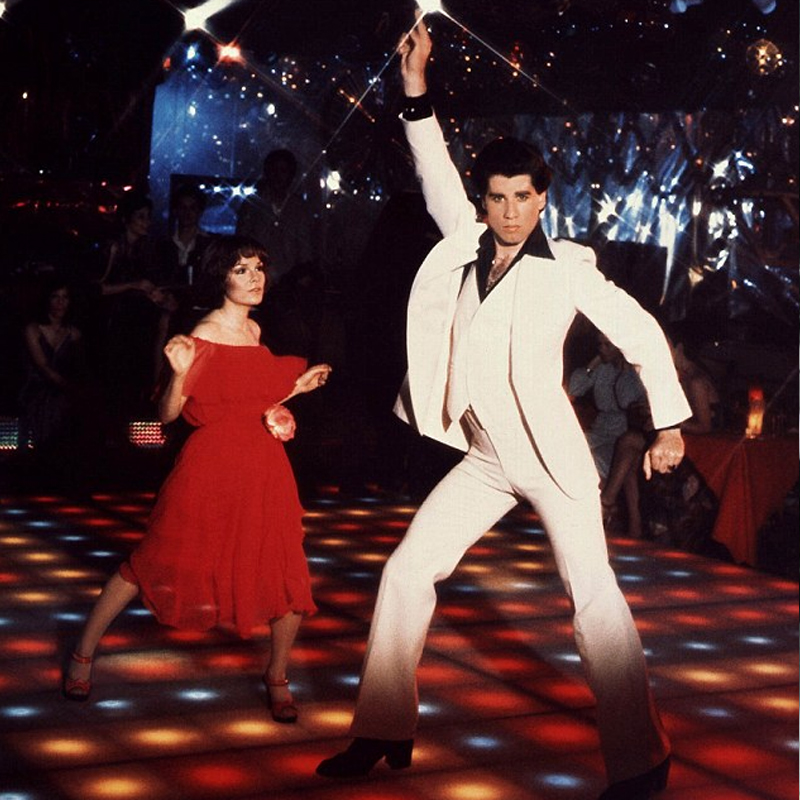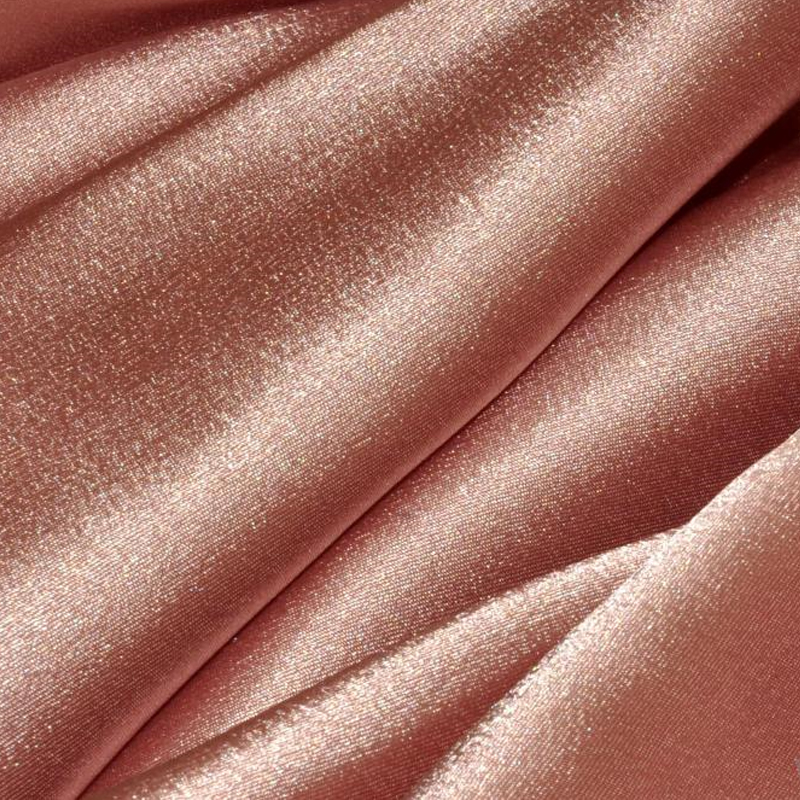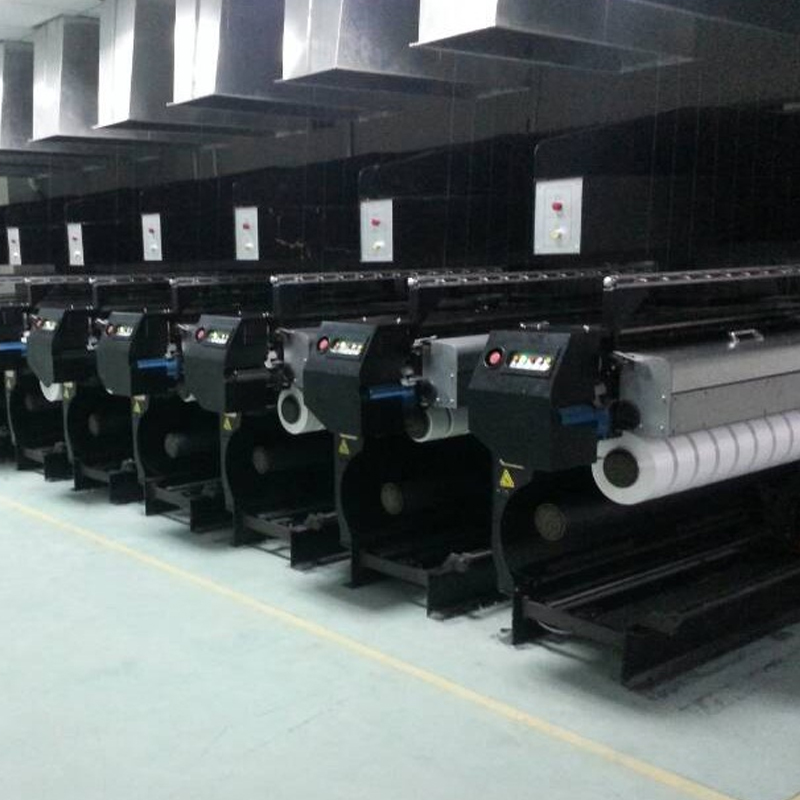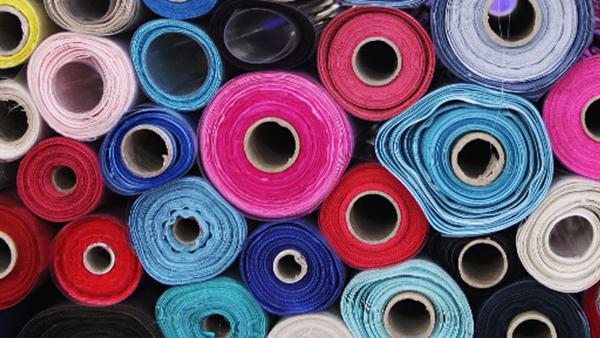by : (www.contrado.co.uk)
Among the most popular fabric options for fashion, design, and interiors is the renowned polyester. But what is polyester?
We know that it is a fabric, and that is has certain qualities, which makes it a great choice for clothing. There is a slight stigma when it comes to fashion, as this is a manmade fabric, and not a natural choice such as silk, cotton, or wool. But even though it is not natural, surely it must have its positive points?
What is polyester and where did it come from?
Polyester is a generalised term for any fabric or textile, which is made using polyester yarns or fibres. It is a shortened name for a synthetic, man-made polymer, which, as a specific material, is most commonly referred to as a type called polyethylene terephthalate (PET). It is made by mixing ethylene glycol and terephthalic acid. That all sounds extremely scientific, but basically, polyester is a kind of plastic.
First invented in 1941 by British chemists John Rex Whinfield and James Tennant Dickson, and becoming increasingly popular in the 1970’s, thanks to the way it was advertised as “a miracle fibre that can be worn for 68 days straight without ironing, and still look presentable,” this fabric has always had some controversy surrounding it. Thanks to those loud, shiny and…shall we say slightly plastic looking suits from the 70’s, polyester became known as a cheap and uncomfortable fabric. However, it has come a long way baby since the days of Saturday Night Fever and the Brady Bunch!
 The 1970’s were the height of the infamous polyester suit
The 1970’s were the height of the infamous polyester suit
When made into polyester fabric, it can be used to create clothing, furnishings, textiles and more. If you love your clothes, you are probably already aware that if you check their labels, you can see what they are made from. If a natural fabric is mixed with polyester, then you will see the percentages of each on the label.
What are some characteristics of polyester fabric?
- Polyester is very durable and is resistant to many chemicals
- This is a popular fabric in the fashion industry, as it is resistant to shrining and stretching. It is also resistant to wrinkling and abrasions
- The fibres used to create Polyester are very strong yet lightweight
- The fibres are easily dyed
- It retains its shape very well
- Polyester fabric is easy to look after and it can be washed and dried at home
- It is a quick drying fabric, so a popular choice for outdoors clothing
Why choose polyester?
It is such a popular choice for apparel because polyester fibres are thermoplastic, or heat-sensitive. This means that fabrics, which are 100% polyester, can be given permanent pleats and decorative shapes and patterns can be laser-cut into them. They are also highly stain-resistant, so great for cleaning.
You might notice that when a garment is 100% polyester, that is it prone to static build up. This is a nightmare when it comes to ensuring your hair looks good, and you might find yourself being able to give people static shocks – which, although harmless, can be pretty annoying! To eliminate this issue, polyester is often blended with more stable fibres, such as cotton. This is then known as polycotton and it embodies the benefits of both fabrics; strong, durable, wrinkle resistant and far more breathable than 100% polyester.
Polyester clothing tends to be slippery and almost silky to touch and the fibres can be woven or knitted to create the fabric, although knitted maximises its flexibility. It is a naturally bright fibre and can be modified easily for different uses.
 A close up view of polyester fabric
A close up view of polyester fabric
What are some popular uses for polyester?
- Fashion
- Sportswear
- Fleeces
- Coats and anoraks
- Bedding such as sheets, duvet covers and sleeping bags
- Footwear
- Fillings for duvets (due to its insulating properties)
- Sewing threads
- Soft furnishings and upholstery
- Textiles
- Luggage and other bags
Industrial polyester fibres are also used in things like conveyor belt fabrics, seat belts, plastic reinforcements and more.
Are there disadvantages in using polyester?
Some people love to only wear or use natural fabrics and yarns, such as cotton, cashmere, silk, wool etc. The benefits to these are they are generally breathable, hypoallergenic, and durable. They can also be more expensive than manmade fibres and need more care in regards to washing and drying.
The main issue regarding synthetic fabrics, such as polyester, is that they don’t breathe. Some find, when wearing it, that they can feel sweaty or have a feeling of humidity, which can be uncomfortable. This is because the moisture absorption of polyester is very low, compared to natural fabrics like cotton. However, modern manufacturing is now starting to create more moisture-wicking polyesters, which are great for work out and leisurewear.
People with very sensitive skin might find that they get a small reaction to wearing synthetic fabrics, however, this is usually not as common when it is a blended fabric.
On its own, it is highly flammable, so care needs to be taken, especially if wearing or using 100% polyester near an open flame.
As polyester is made from plastic, there is the question as to whether it is bad for the environment. True, it does come from an unsustainable source, however, plastic bottles are actually recycled into polyester fabric, which is pretty amazing, but, on the downside, plastic is not compostable, which means it doesn’t break down well in soil.
 How polyester is made
How polyester is made
So, what’s the bottom line?
It is undeniable that polyester fabric has a huge variety of beneficial uses, in a wide variety of sectors. As with any synthetic material, reactions can occur, but these are vastly limited, especially when polyester is blended with other fibres, such as cotton. Adverse reactions to fabrics and textiles (even natural ones) are always a possibility, but overall, the use of polyester can be extremely beneficial and useful.
Polyester has a lot of stigma, due to the old-fashioned polyester, which was super popular in the 1970’s, but fell from grace thanks to the uncomfortable double-knit polyester fabric. However, modern polyester has come on in leaps and bounds and is now a higher-grade fibre. Technological advances have dramatically improved the feel, drape and look of polyester, so it blends right in with more natural and expensive fabrics. As with all synthetics, it will remain, to an extent, unbreathable, so for anyone who experiences hot flushes, excess body heat or lives in a humid environment, polyester might not be the best fabric option for you.
Modern polyesters can feel and look as beautiful as real silk and wool, but it is all about ensuring you opt for a high-grade version or the right blend. A lot of high end brands use polyester in their collections, mainly to increase durability, ease of care and exciting effects.
It is all about being savvy when it comes to choosing your fabric. Remember, not all polyesters are created equal. Do your research, check labels, and always try on and there is no reason you and polyester can’t be friends.
